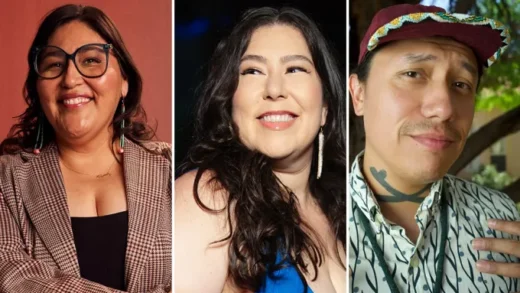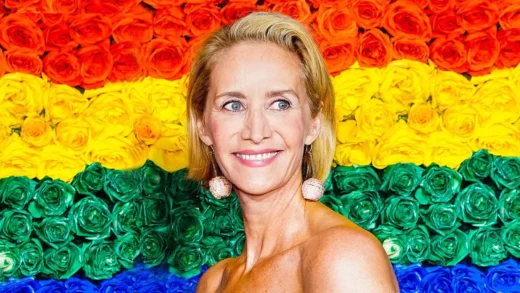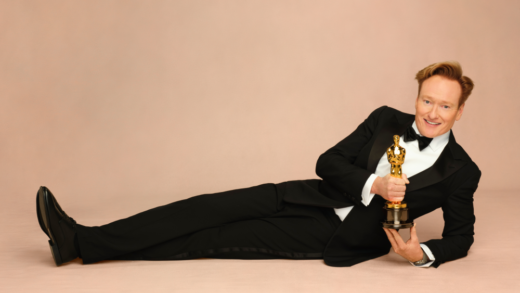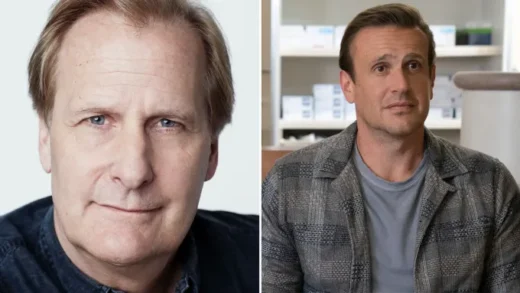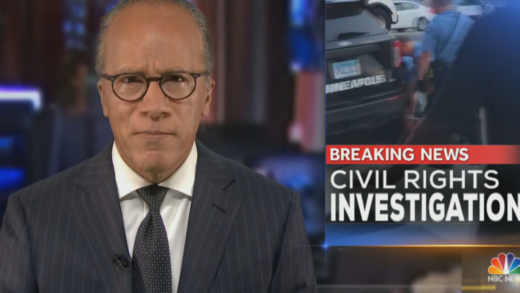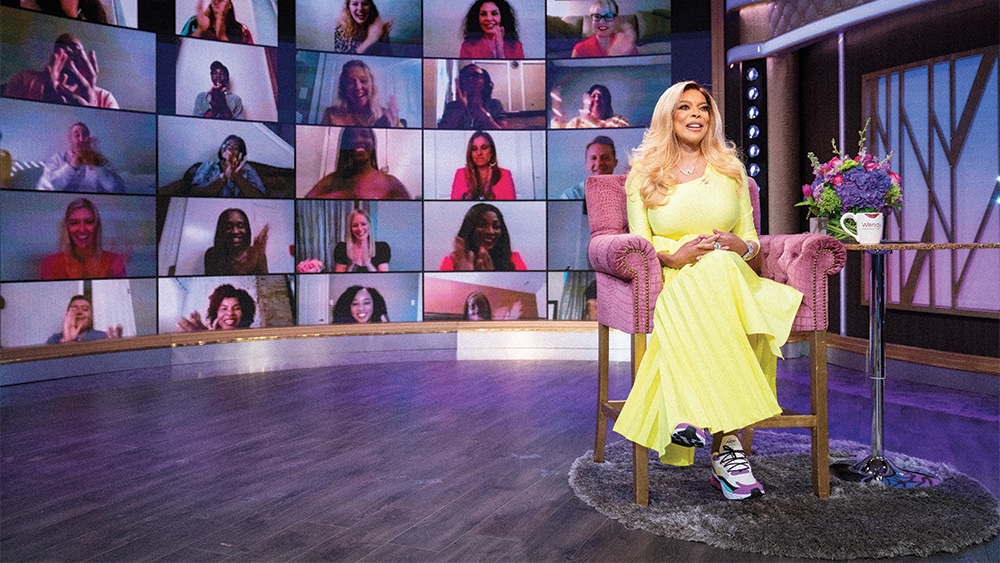When Drew Barrymore launched her talk show this fall, she had no clue that she wouldn’t be chatting with her guests face-to-face. But since debuting in September, she’s conducted digital interviews with A-listers such as Reese Witherspoon, Anne Hathaway and Cameron Diaz.
If you watched the premiere episode of “The Drew Barrymore Show” at home, you would’ve thought Diaz was seated right next to the talk show host and Lucy Liu for a “Charlie’s Angels” reunion on Barrymore’s new set in New York City. In reality, she was 3,000 miles away in Los Angeles, filming in front of a green screen, which beamed onto the stage so realistically, even Barrymore couldn’t believe her eyes.
“It’s so flawless, it’s insane. I still don’t understand how they’re doing it. It’s freakish,” Barrymore says of the hologram-like technology. “We are now incorporating shots of the green screen because nobody was getting that this was even happening. People have come on our show, and they’ve gotten calls from people that are mad, like, ‘Why did you come to New York and not call me?’ It’s so crazy.”
The only daytime talk show to debut during the pandemic, “The Drew Barrymore Show” underwent severe creative changes from the time it was in development. As Barrymore was witnessing Hollywood — and the world — go into lockdown in early 2020, she wasn’t sure the show would ever make it to air.
“I was absolutely not certain. Even today, I’m certain of nothing,” Barrymore recalls, speaking over the phone. “It was an amazing experiment to work so hard on something because they kept saying ‘keep going!’ but with an asterisk that this could fall apart at any moment.”
Once it became clear that the show’s creative had to drastically shift with pandemic protocols, Barrymore, who serves as host and executive producer, began working with the production designer to re-think her traditional TV set. She brought up “Bladerunner” and former Academy Awards telecasts as references for her new-and-improved studio, in the age of coronavirus. “I wanted to be very cinematic,” she says. “I wanted to do this very futuristic. I wanted every wall on our set that is a screen to be the entire wall.”
The state-of-the-art technology on “The Drew Barrymore Show” is just one example of how the genre has creatively bent over backward to make things work while the TV business has been flipped upside down.
Like everything else in Hollywood, talk shows went into hibernation last spring due to COVID-19, as hosts started broadcasting from their homes. For Barrymore, that was never an option.
“I basically kicked and screamed and said, ‘I will do this show on a street corner with a camera and me and one person. I’m not doing a home show. I don’t want to do it. I don’t like watching them,’” Barrymore says. “I love what Jimmy Fallon did with his, and I thought a lot of people really rose to the occasion and did some extraordinary things. But the reason a lot of the home shows were so exciting to watch is because they were well-established. I was scared that if I started a home show, I would stay stuck there. It terrified me.”
(Excerpt) Read more in: Variety
